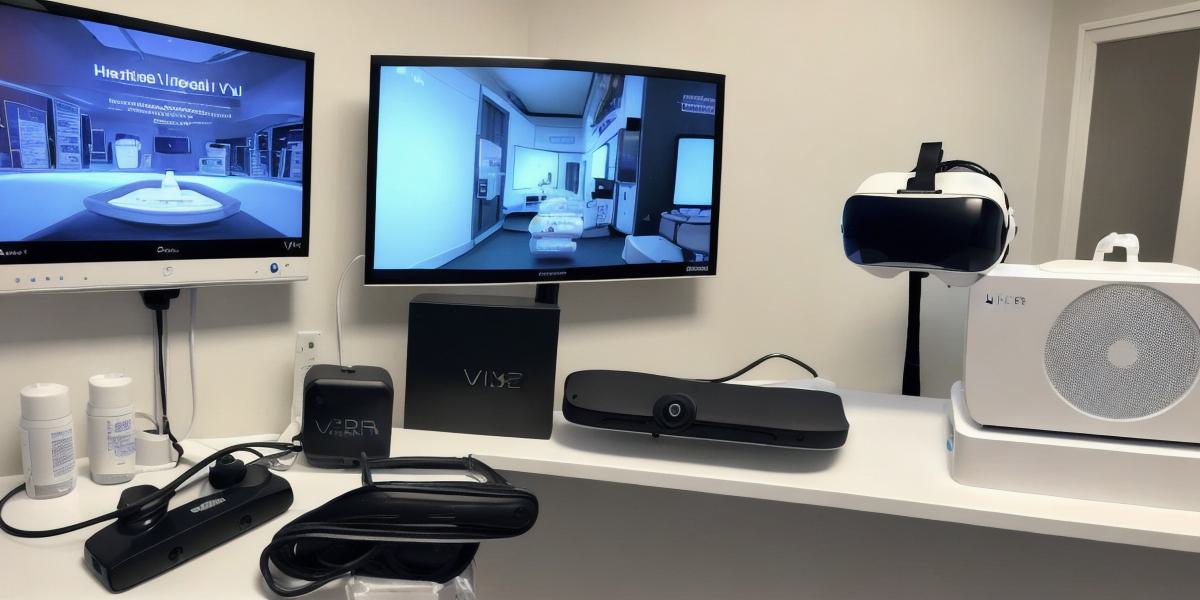Virtual reality (VR) is a technology that has been around for decades, but it’s only in the last few years that we’ve seen its true potential in healthcare. VR allows patients to experience virtual environments that simulate real-life situations, which can be used for training medical professionals, treating mental health conditions, and even helping patients with chronic pain.
One of the most promising uses of VR in medicine is in surgical training. With VR simulations, surgeons can practice their skills without risking harm to real patients. This has already led to reduced complications and shorter recovery times for patients. For example, the University of Texas Southwestern Medical Center uses a VR system called Simulab to train surgeons in complex procedures like craniotomies and spinal surgeries.
Another area where VR is making a difference is in mental health treatment. Virtual reality exposure therapy has been shown to be effective in treating anxiety disorders, phobias, and PTSD. By exposing patients to virtual environments that simulate triggering situations, therapists can help patients learn coping strategies and overcome their fears. For example, the Veterans Health Administration’s VR program called "The Driving Phobia Program" has helped thousands of veterans conquer their driving anxiety.
Virtual reality can also be used to treat chronic pain conditions like fibromyalgia and rheumatoid arthritis. By creating virtual environments that simulate physical therapy exercises, patients can improve their range of motion and reduce their pain levels without the need for costly equipment or in-person therapists. For example, the company Pain Management Technologies has developed a VR system called "Reality Therapy" that has been shown to be effective in reducing chronic pain.
Despite its many benefits, virtual reality technology is not without its challenges. One of the biggest challenges is cost. VR systems can be expensive, and not all healthcare providers have the resources to invest in them. Another challenge is accessibility. Not everyone may be comfortable with technology or may not have access to it at home.
Despite these challenges, there’s no denying that virtual reality has the potential to revolutionize healthcare delivery. By providing patients with immersive and interactive experiences, VR can help them overcome their fears, learn new skills, and improve their overall health and well-being. As technology continues to evolve, we can expect to see even more exciting applications of VR in medicine in the years to come.
FAQs:
Q What is virtual reality?
A Virtual reality (VR) is a technology that creates simulated environments that can be experienced through headsets or other devices.
Q How does virtual reality work?
A Virtual reality works by presenting a person with a computer-generated environment that they can interact with in real time. This can include everything from simple games to complex surgical procedures.
Q What are some of the benefits of using virtual reality in healthcare?
A Some of the benefits of using virtual reality in healthcare include improved training for medical professionals, effective treatment for mental health conditions, and reduced chronic pain.
Q Are there any risks associated with using virtual reality in healthcare?
A Yes, there are risks associated with using virtual reality in healthcare. These can include cost, accessibility, and potential negative effects on mental health.
Q What is the future of virtual reality in medicine?
A The future of virtual reality in medicine looks promising, as technology continues to evolve and more applications are developed for this technology.
